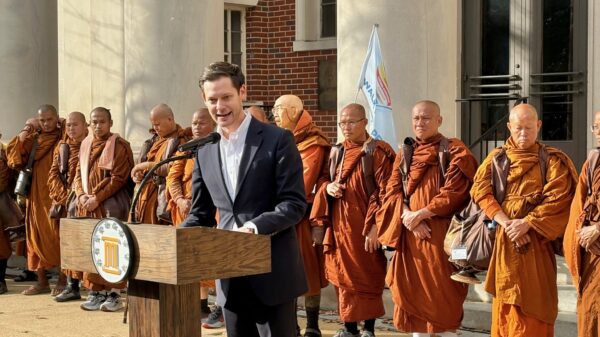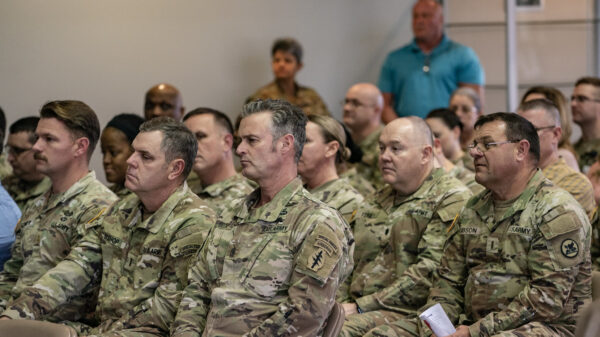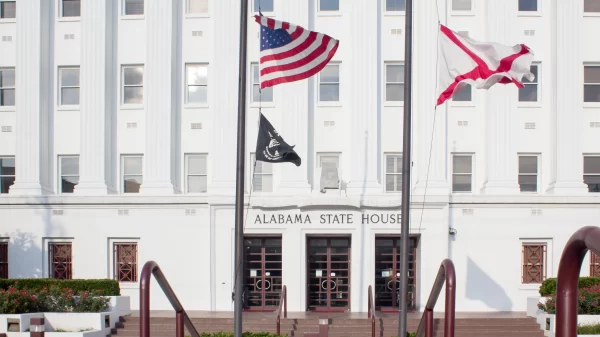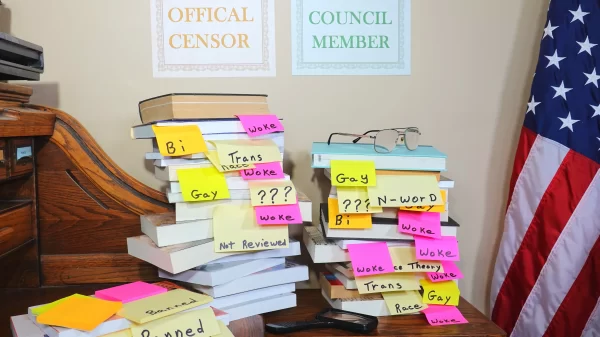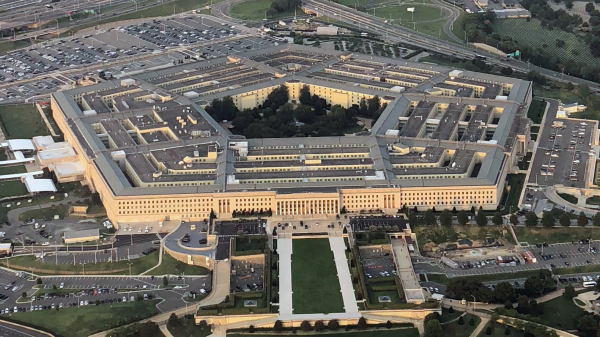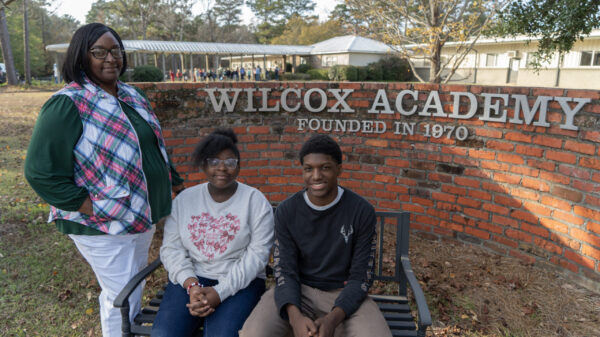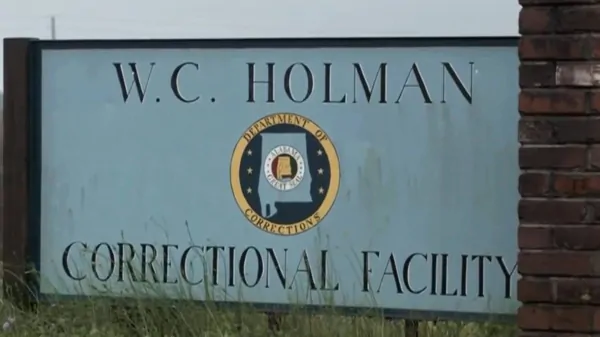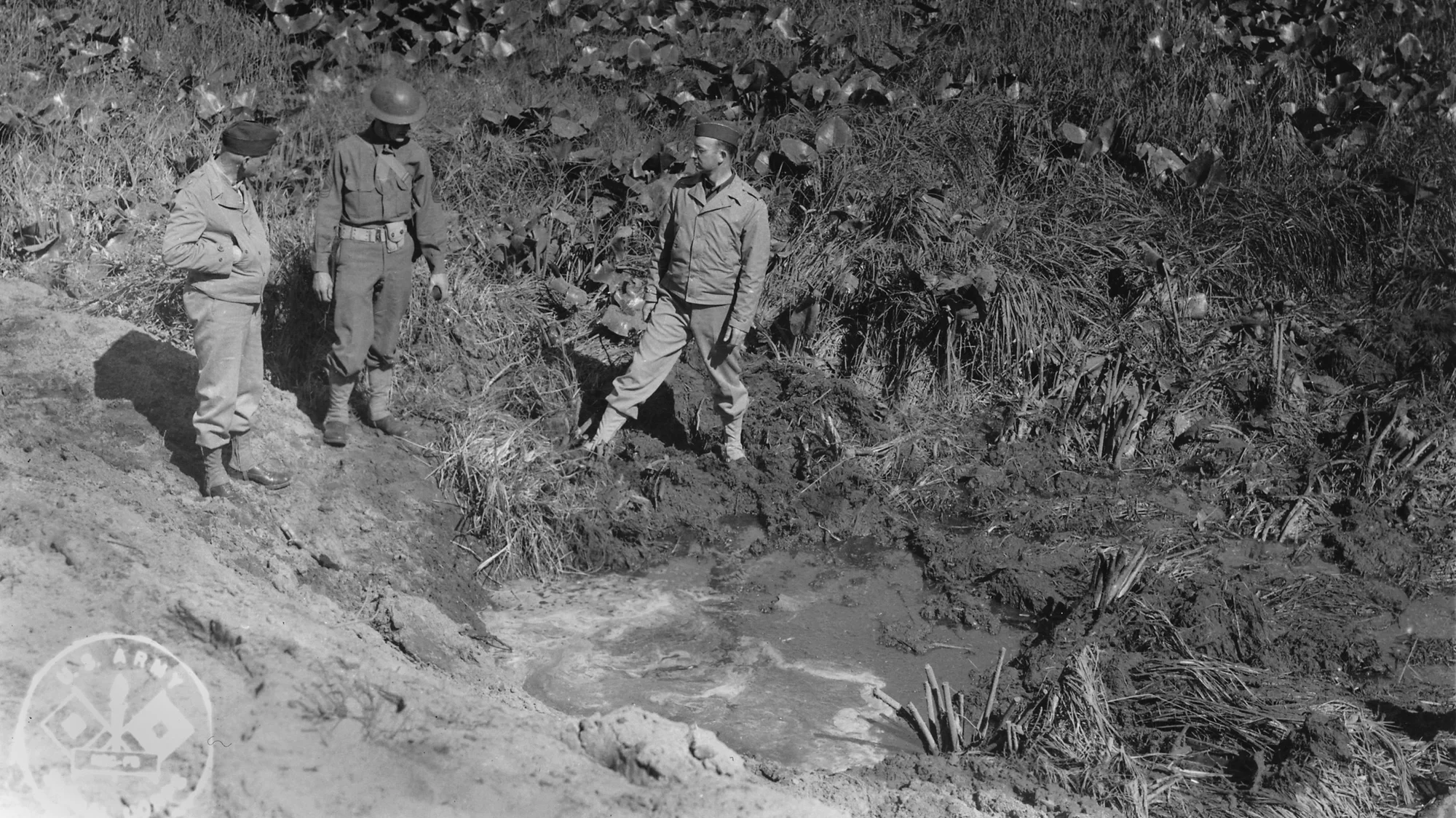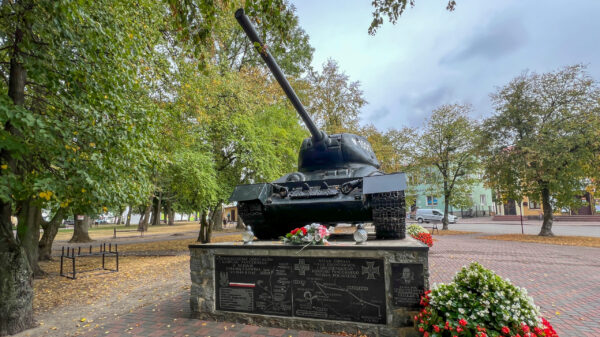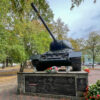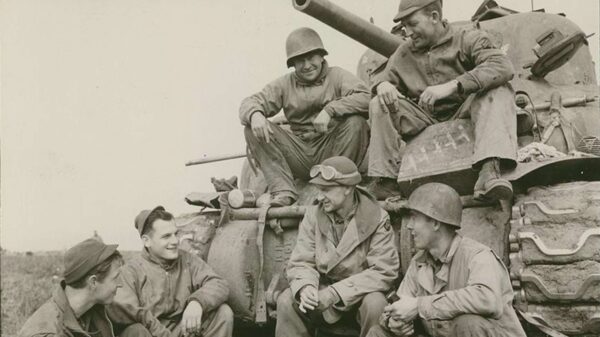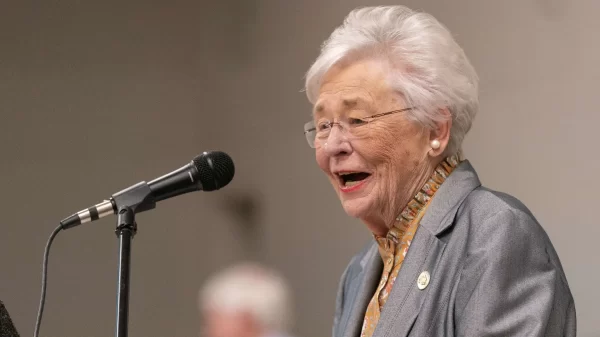America’s mainland has generally been spared the destruction of war that has ravaged so many countries in the last century. Until September 11, offensive attacks on the United States mainland were limited to sabotage efforts executed on behalf of a foreign adversary, but the responsibility for some of these attacks remains speculative at best.
One very strange incident, though, happened 80 years ago in Bly, Oregon, when a Sunday school teacher and her students were killed in the woods by an undetonated bomb. It turns out that the Japanese developed a weapon using hydrogen-filled balloons that would release incendiary bombs over the continental United States.
In fact, the Japanese built almost 10,000 of these weapons and floated them into the jet stream, timing them to release their bombs to cause destruction, while, more importantly, prompting fear and anxiety among Americans. While not nearly as precise as Nazi buzz bombs, these devises were similar in that they were pilotless, and the destruction was intended to be random and largely difficult to defend against.
Except for the one incident in Oregon, the Japanese weapon proved largely ineffective, but the same cannot be said of the massive destruction of the Nazi V-1 and V-2 rockets.
The balloon had a device that, at various altitudes, would drop bags of ballast and raise it higher into the jet stream to carry the bomb over the continental United States. Once the final sandbag was dropped, presumably somewhere over a populous area, a timer would trigger the release of a series of small incendiary devices and then a larger bomb. The objective being to set fires and blow up anything under the periphery of the balloon.
By all accounts, the device was not a successful weapon as most of the balloons were lost over the Pacific Ocean. Those that made it failed to inflict any damage and were found in various parts of the Pacific Northwest, typically in forests and other rural settings. Rather than dropping firebombs at a high altitude, the balloons disintegrated, and the entire device with the bombs intact fell to the ground without detonating.
But in one instance the device worked.
On a beautiful Saturday at Leonard Creek in Gearhart Mountain of the Fremont National Forest, the Rev. Archie Mitchell and his pregnant wife, Elise, took five members of their junior high Sunday school class for a picnic and fishing adventure.
Rev. Mitchell dropped everyone off at the campsite and went to park his car.
His wife called out that the children had discovered something, and having heard rumors about possible unexploded bombs, he loudly warned them not to touch anything.
The next thing he heard was the explosion that killed all five of the teenagers along with his wife and unborn child.
Prior to this tragedy, the government had asked that information about the balloon bombs be censored to prevent the Japanese from having any idea of the effectiveness of the weapon. After the explosion, censorship was lifted so that other tragedies might be avoided.
While other bombs were discovered, they were carefully diffused. Even so, the U.S. Army trained and prepared firefighting units to be on standby should any bomb cause a forest fire. For the thousands of balloon bombs launched, only around 400 were discovered, and most of those accidentally.
The funerals for the victims were widely attended, and the loss of the teenagers’ lives depressed the entire community of Bly in general and the Christian and Missionary Alliance Church in particular.
At only 27, the Rev. Mitchell, while devastated by the loss of his wife and unborn child, continued in his ministry. In fact, he had never intended to pastor a congregation but had trained for mission work overseas and was assigned to Bly as an interim step, anticipating the war’s end, for mission opportunities to resume.
His grief from the tragedy was shared with the Patzke family, which had lost two children in the explosion. They would find out soon afterwards that their son, the crew member of a bomber, died in a Nazi POW camp. Their eldest daughter, 23-year-old Betty, lived with them, had attended the same Bible College as Rev. Mitchell, and, as a member of his congregation, knew him and shared personally the deep impact of the tragedy.
They married two years later and left Oregon to become missionaries to a leper colony in Vietnam. While Betty and Archie would have four children, the tragedy of Betty’s life would continue.
In 1962, Archie was abducted by Viet Cong guerillas, and he would never see Betty or his children again. Betty would receive an occasional letter, but after 1969, all communication from him ceased, and she continued her missionary work in Southeast Asia until her retirement in 1987.
The site of the bomb explosion would be marked appropriately to commemorate the only fatalities on the continental United States from an offensive enemy attack. A portion of the land was given by Weyerhaeuser and dedicated to the U.S. Park Service, appropriately named the Mitchell Recreational Area. There is a ponderosa pine there called the shrapnel tree as it contains fragments from the bomb.
In a show of remorse and reconciliation, through the years, emissaries from Japan have visited the monument to pay their respects, and the meteorologist who helped design the device participated in a public wreath laying ceremony.
Women, who as schoolgirls worked in the factory producing the bombs, would present 1,000 origami cranes to the victims’ families, and on the 50th anniversary of the event, school children in Japan donated six cherry trees to be planted at the site.
The knowledge of this tragic incident would be eclipsed by the end of World War II, but as the first time a global conflict caused death to U.S. citizens on mainland American soil, this incident serves as a reminder that even 80 years later, our nation remains vulnerable to indiscriminate attack by hostile powers.

